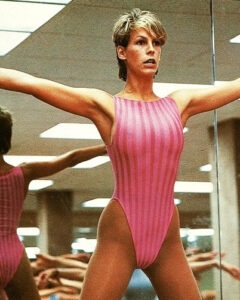
When Perfect hit theaters in 1985, it had all the ingredients for success: Hollywood A-listers, a talented director, and a significant budget. Starring John Travolta and Jamie Lee Curtis, the film was expected to be a major hit. However, despite the hype, it struggled to make an impact at the box office and faced mixed reviews. Looking back, it’s fascinating to see why this movie, which seemed destined for greatness, didn’t live up to expectations. The Expectations Were High By the mid-1980s, John Travolta was a household name thanks to films like Saturday Night Fever and Grease, while Jamie Lee Curtis had cemented her place as a rising star. With a budget of $20 million and Columbia Pictures backing the project, Perfect was poised for success. The film, directed by James Bridges, was based on a Rolling Stone article about fitness culture, a topic that was gaining mainstream popularity at the time. Yet, despite its strong foundation, Perfect only earned $12.9 million worldwide and was met with criticism. It was even nominated for several awards that recognized underwhelming performances, including the Golden Raspberry Awards. What went wrong? Let’s break it down. A Storyline That Struggled to Connect The film followed Adam Lawrence (John Travolta), a journalist assigned to investigate a businessman accused of illegal activities. However, it was his secondary assignment—covering the rise of fitness clubs—that introduced him to Jessie Wilson (Jamie Lee Curtis), an aerobics instructor who was skeptical of journalists. While the film attempted to showcase the vibrant fitness scene of the 1980s, many critics felt that it failed to provide a compelling narrative. Instead of diving into the deeper themes of journalism or personal transformation, the film spent a significant amount of time focusing on gym scenes and aerobics routines. This emphasis made it difficult for audiences to engage with the characters on a deeper level.